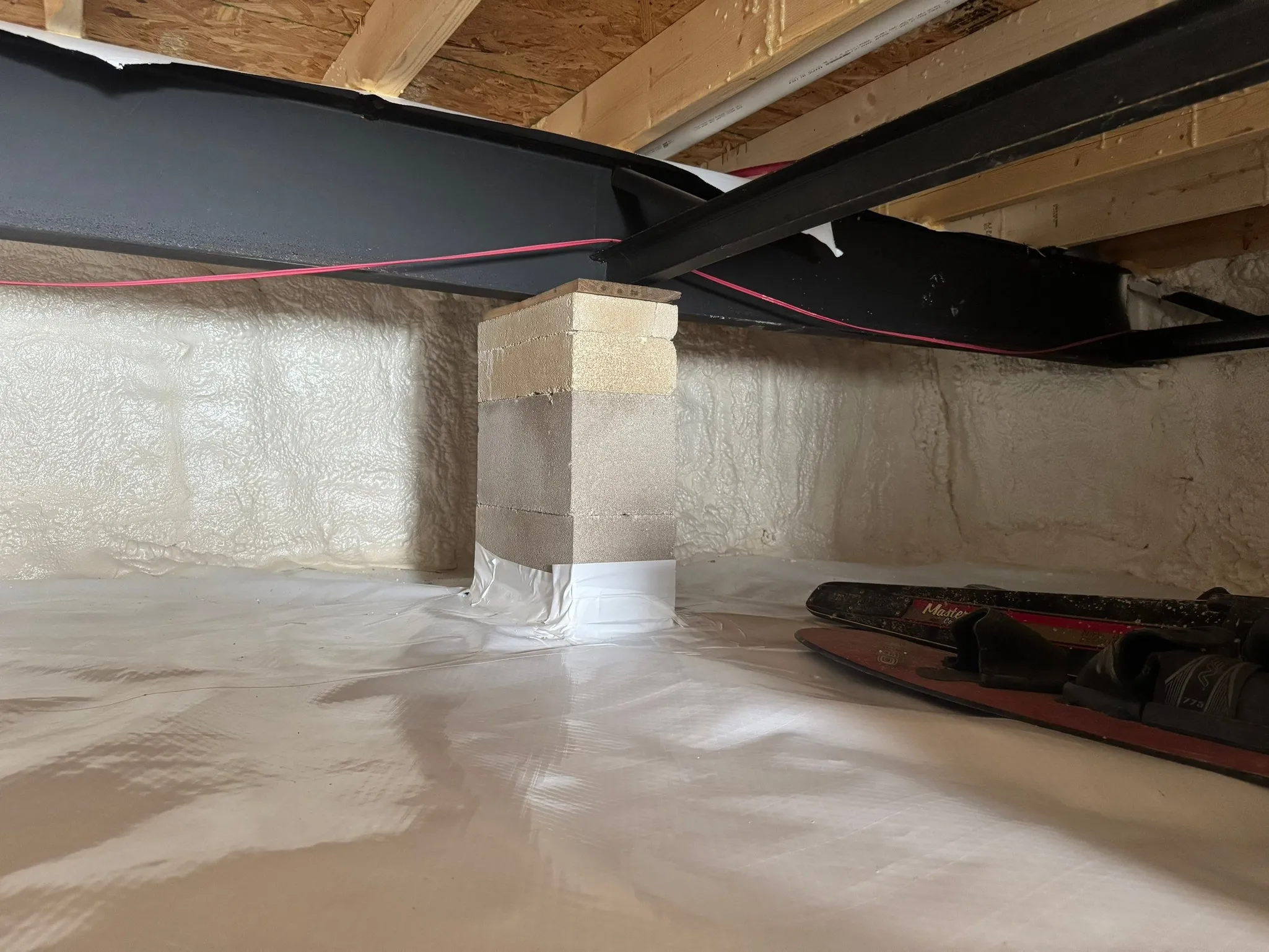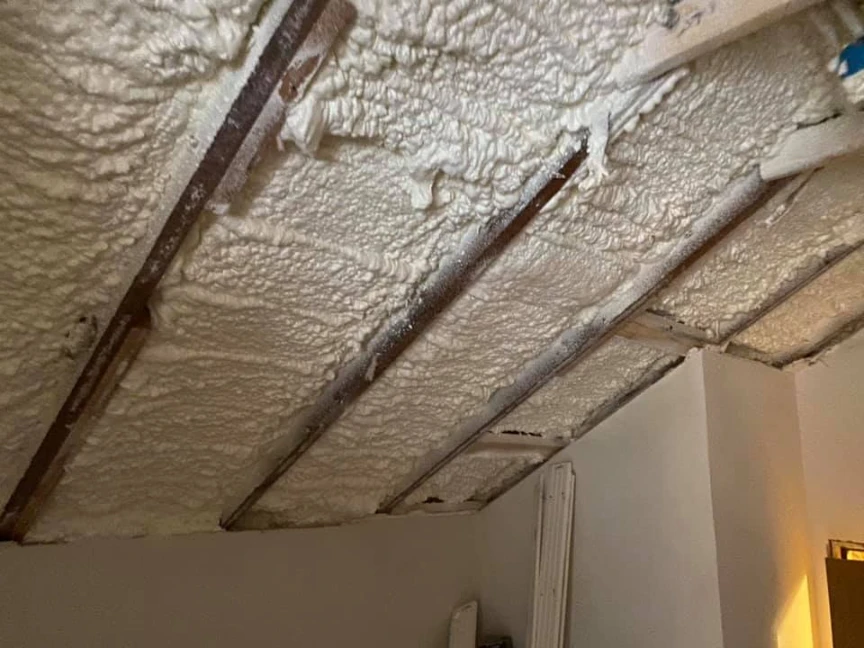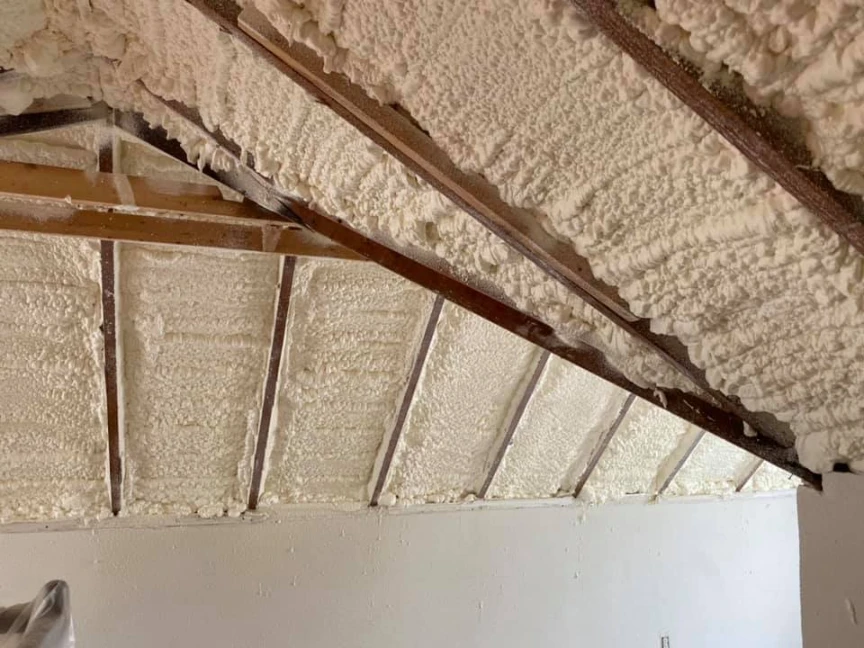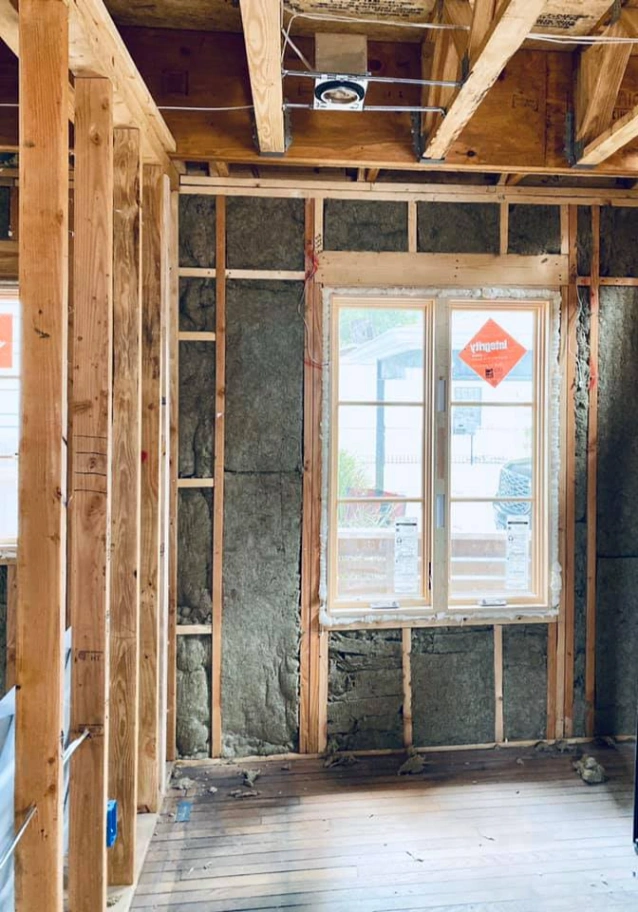Air leaks in a building waste energy and make indoor comfort harder to maintain. Common signs include rising utility bills, uneven temperatures across rooms, drafts near windows and doors, unusual noises from moving air, and more dust buildup inside. These indicators point to poor insulation or seals that let conditioned air escape and unconditioned air enter. Addressing them early saves money and improves living conditions.
To help you identify and address these issues, this article breaks down each sign, explains how to spot it, and offers ways to check your space. Readers gain practical steps to assess issues based on real-world observations from spray foam insulation assessments in various homes. Trust comes from applying these checks in diverse settings, including hot Texas summers where air leaks hit hardest.
Why Air Leaks Matter
Air leaks occur when gaps in walls, roofs, or floors allow air to flow where it should not. Poor insulation fails to block this movement, leading to higher heating or cooling costs. In the U.S., buildings lose about 30% of their energy through such leaks, according to a report from the U.S. Department of Energy. This fact underscores the need for regular inspections.
This issue becomes especially clear in warmer climates like those in the South, where leaks pull in hot, humid air during summer, straining AC units. During winter, they let warm air out, forcing heaters to work overtime. Homeowners in these areas often see quicker impacts on bills and comfort. Stellrr notes patterns from local audits showing leaks around outlets and attic hatches as frequent culprits in humid regions.
First Indicator Rising Energy Bills
Unexpected spikes in electricity or gas usage signal air leaks. When air escapes, systems run longer to keep temperatures steady, driving up costs. Track bills over months; a steady climb without changes in habits points to inefficiency.
To verify, compare usage to past years using utility apps or statements. For example, in Texas, where summers push AC demand, a 10-15% increase often ties to leaks, based on regional energy data.
Bonus Tip: Seal small gaps around pipes first; they account for up to 10% of leaks in many homes and offer quick fixes with caulk.
Second Indicator Uneven Room Temperatures
Rooms that stay too hot or cold compared to others show air infiltration problems. Leaks let outside air mix with indoor air, creating hot spots or chills. Feel for differences by walking through the space on moderate days.
Use a thermometer to measure spots like hallways versus bedrooms. Variations over 3-4 degrees suggest issues. Data from Energy Star indicates that fixing these evens out comfort and cuts energy use by 10-20%.
In cooler months, upper floors might overheat from rising warm air escaping through attic leaks. This pattern appears often in older structures with settling foundations.
Third Indicator Drafts and Whistling Sounds
Feel drafts by holding a hand near edges of doors, windows, or baseboards. Cold air sneaking in or warm air slipping out confirms paths for leaks. On windy days, listen for whistles around frames or vents.
Test with incense smoke; watch if it blows sideways instead of rising straight. These signs mean seals have worn, common after a few years of weather exposure.
Bonus Tip: Check electrical outlets with a thin tissue; if it sticks, air pulls from behind the wall. Simple foam gaskets stop this without major work.
Fourth Indicator Increased Dust and Allergens
More dust settling on surfaces or allergy flares tie to air leaks pulling in outside particles. Gaps act like open doors for pollen, dirt, and pollutants.
Inspect filters; if they clog faster, unfiltered air enters through cracks. The Environmental Protection Agency reports that sealing leaks reduces indoor pollutants by up to 25%, improving air quality.
In dusty or pollen-heavy areas, like spring in the Midwest, this sign grows noticeable. Vacuum more often at first, but address the root to cut long-term cleaning.
Fifth Indicator Higher Humidity Levels
Sticky indoor air or condensation on windows signals leaks introducing moist outside air. Insulation barriers break down, letting humidity invade.
Use a hygrometer to measure levels; aim for 30-50%. Spikes above that, especially in basements, indicate problems. In humid climates like Texas during rainy seasons, this leads to mold risks if unchecked, as leaks amplify moisture from Gulf air masses.
Bonus Tip: Add weatherstripping to doors before full insulation upgrades; it handles 20% of humidity issues in entry points.
Spotting Leaks with a Simple Audit
Perform a basic audit on a windy day. Start outside, then move inside. Look for gaps in siding, around chimneys, or under eaves. Inside, focus on attics, basements, and recessed lights.
Tools needed: flashlight, caulk gun, and draft sealant. Mark spots with tape for later fixes.
| Audit Step | What to Check | Quick Action |
|---|---|---|
| Exterior Walls | Cracks in siding or mortar | Apply exterior caulk |
| Windows and Doors | Gaps in frames | Install weatherstripping |
| Attic and Crawlspaces | Unsealed vents or hatches | Use foam board seals |
| Outlets and Switches | Drafts behind plates | Add outlet gaskets |
| HVAC Ducts | Loose joints | Tape with mastic |
This table outlines efficient checks, drawing from standard home energy audits.
Things to Consider Before Making a Decision
Assess home age; older buildings from the 1970s or earlier often have more leaks due to outdated construction. Factor in local climate—harsh winters demand thicker insulation than mild ones.
Budget plays a role; basic seals cost under $100, while full wall insulation runs thousands. Weigh energy savings against upfront costs; payback happens in 2-5 years for many upgrades.
Check for incentives like federal tax credits for efficiency improvements. Evaluate DIY skills versus hiring pros to ensure seals last.
Key Takeaways
Spot rising bills, uneven temps, drafts, dust buildup, and high humidity as top signs of air leaks needing better insulation solutions. Act with simple audits and targeted seals to restore efficiency. Readers should inspect their own spaces, match fixes to climate needs, and plan based on long-term savings goals.
Next Steps for Better Comfort
Schedule a professional audit to pinpoint exact issues in your space. Stellrr offers assessments at info@stellrr.com or by calling (512) 710-2839. Start with easy home checks today to cut energy waste and boost indoor air quality right away. These steps lead to noticeable improvements in bills and comfort levels.
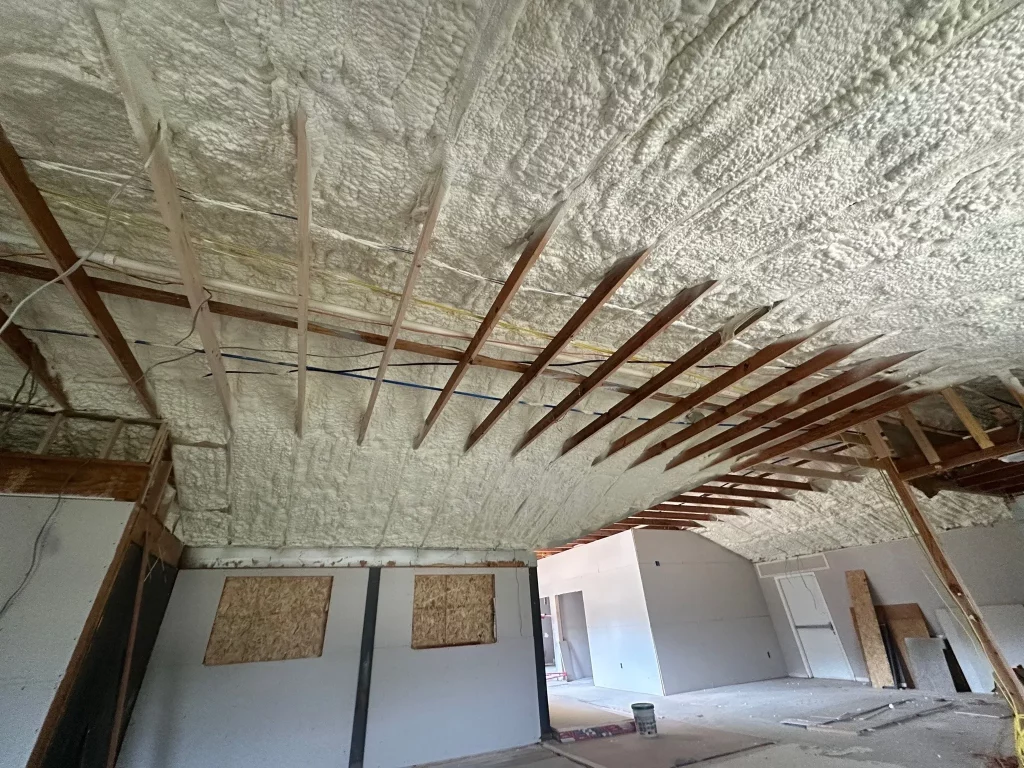
Frequently Asked Questions
Energy Bills Rose Last Month—Could It Be Leaks?
Yes, track patterns over seasons. Sudden changes might mean other issues like appliance faults, but persistent rises lean toward air problems.
How Often Should Audits Happen?
Every two years, or after storms that damage seals. Annual checks suit high-use homes.
Do Leaks Affect Health?
They can, by worsening allergies or mold growth. Sealing cuts these risks directly.
How Do I Measure Air Leakage Accurately?
Use a blower door test for precise readings. Professionals attach a fan to an exterior door and measure pressure differences. This tool detects even small leaks missed by hand checks.
Can Plants Indicate Air Leaks?
Certain houseplants wilt faster near leaks due to drafts drying soil. Monitor patterns around windows; consistent droop suggests air movement issues.
What Materials Work Best for Sealing Leaks?
Caulk suits small cracks, expanding foam fills larger gaps, and rigid foam boards cover access points. Choose based on location—flexible options for doors, rigid for attics.
How Much Do Leaks Cost the Average Homeowner?
Leaks add $200-500 yearly to bills, per national averages. Savings from fixes vary by home size but often hit 15% on utilities.
Is Insulation Enough Without Sealing First?
No, seal leaks before insulating. Air still moves through gaps, reducing insulation effectiveness by half in severe cases.
Sources
- U.S. Department of Energy – Government guide on air sealing techniques and energy loss statistics in homes.
- Energy Star – Program by EPA and DOE providing data on energy savings from insulation and sealing.
- Environmental Protection Agency – Resource detailing indoor air quality impacts from leaks and pollutants.


